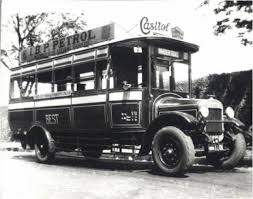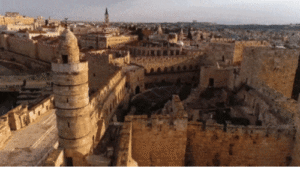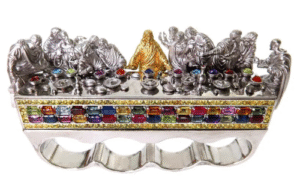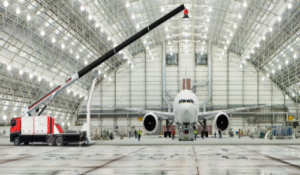Here’s a deeper look at the introduction of motor bus service in Bombay (now Mumbai) in 1926:
The first motor bus service in Bombay was introduced on 15 July 1926.
Operated by the Bombay Electric Supply & Transport (BEST) — then known as the Bombay Electric Supply & Tramways Company Limited.
The first route connected Afghan Church (Colaba) to Crawford Market (now Mahatma Jyotiba Phule Mandai) in South Bombay.
The journey helped bridge a gap not covered by trams, offering better access to inner city areas.
Each bus could seat 24 passengers, with 2–3 additional passengers standing.
Had a cruising speed of 20 km/h, which was quite efficient for city transport at the time.
26 buses were procured at ₹12,000 each — a significant investment then.
These were petrol-engine buses, painted in a red and cream color scheme, which eventually evolved into the iconic red BEST buses known today.
Maintenance depots were set up to manage these buses, many of which had British or European components.
Drivers and conductors wore khaki uniforms with military-like discipline, which became a tradition for decades.
Prior to 1926, trams were the dominant public transport mode in Bombay.
As road networks improved, buses became essential for flexibility and wider coverage.
The initial success of the motor buses led to rapid expansion:
More routes were added throughout the 1930s.
The BEST buses began replacing trams by the 1960s.
Today, BEST operates one of India’s largest bus networks — including electric buses, AC buses, and mini-buses.







